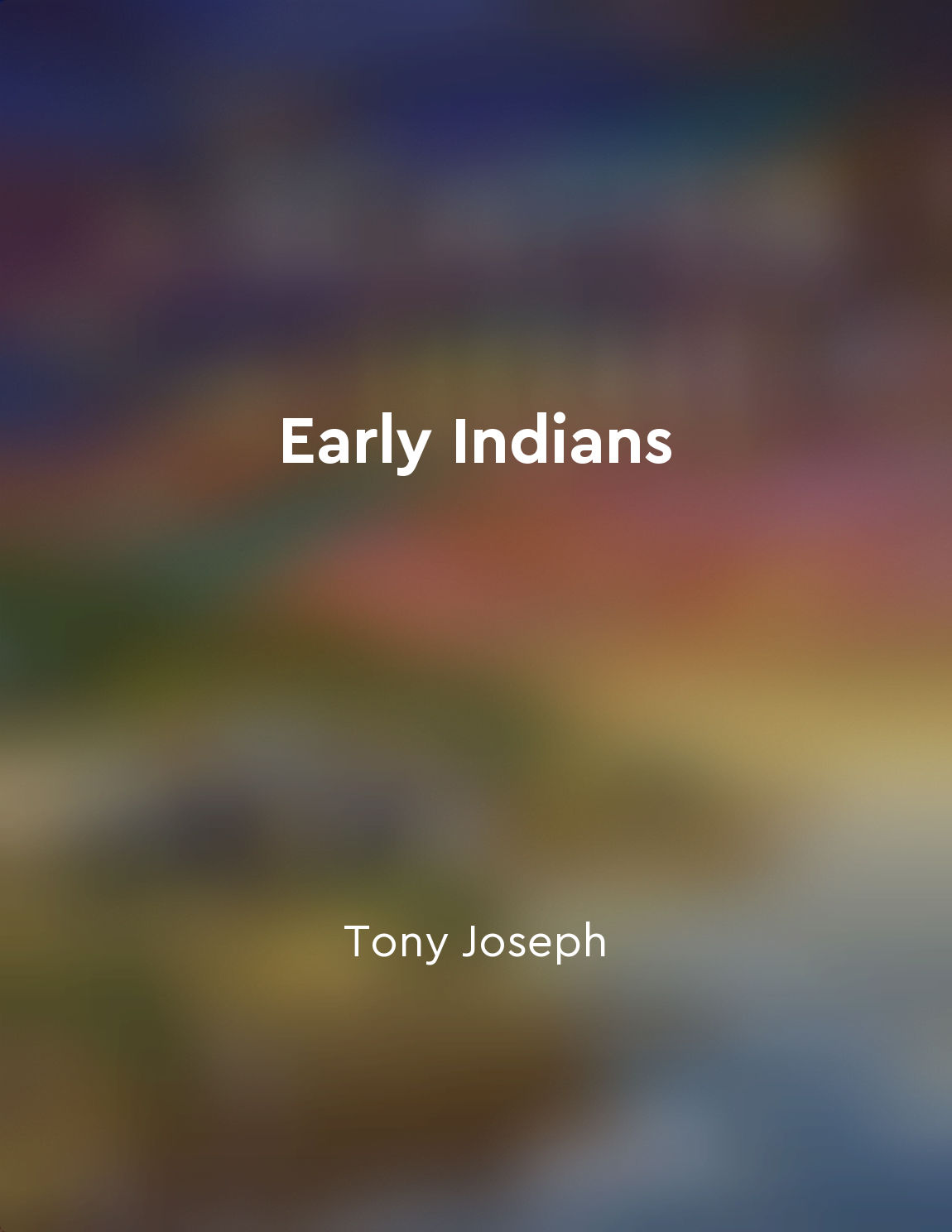Indian society evolved through interactions and migrations from "summary" of Early Indians by Tony Joseph
The history of Indian society is a rich tapestry woven with diverse threads of interactions and migrations. These interactions were not limited to trade or cultural exchanges but also included movements of people that led to the mixing of different populations. This fusion of various groups gave rise to a complex society with multiple layers of ancestry. The genetic evidence from ancient DNA studies reveals the intricate web of connections between different populations that inhabited the Indian subcontinent. These studies show how the mixing of distinct groups over time resulted in the diverse genetic landscape that we see in India today. It is this intermingling of people from various regions and backgrounds that shaped the genetic composition of the Indian population. The movement of people in and out of the subcontinent also played a crucial role in shaping Indian society. The arrival of new groups brought with them new ideas, technologies, and languages which were absorbed and assimilated into the existing social fabric. This constant exchange of information and resources not only enriched the cultural heritage of India but also contributed to the development of a dynamic and vibrant society. The migration of people within India also had a significant impact on the social structure of the subcontinent. The movement of populations across different regions led to the spread of ideas, practices, and beliefs, creating a melting pot of cultures. This cultural exchange fostered a sense of shared identity among the diverse groups that inhabited the subcontinent, laying the foundation for a unified Indian society.- Indian society evolved through a continuous process of interactions and migrations that brought together people from different backgrounds and regions. This blending of populations not only contributed to the genetic diversity of the Indian population but also enriched the cultural heritage of the subcontinent. The intricate web of connections between various groups created a society that was resilient, adaptable, and inclusive, reflecting the diversity and complexity of the Indian subcontinent.


